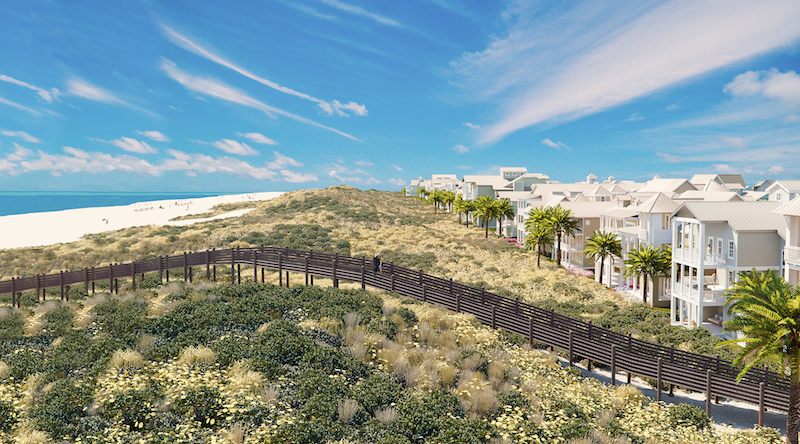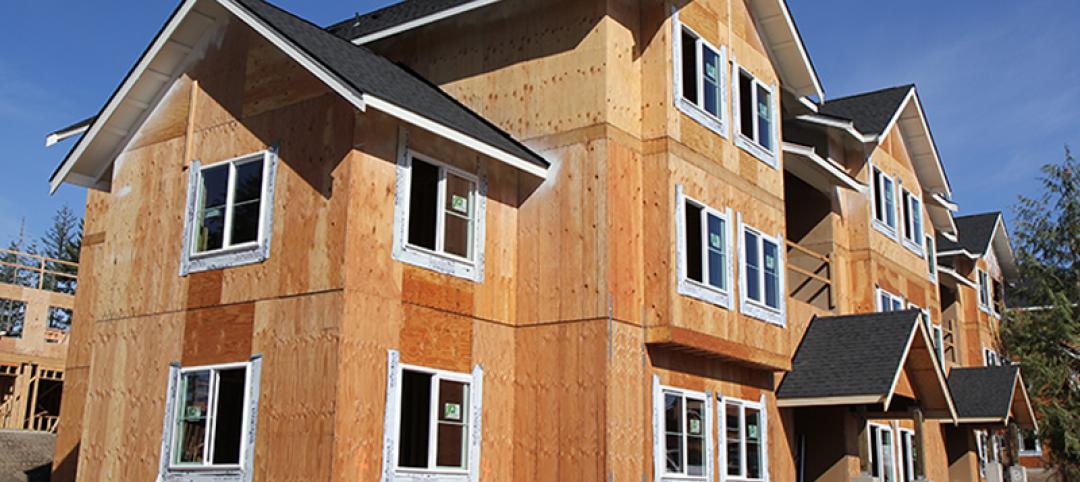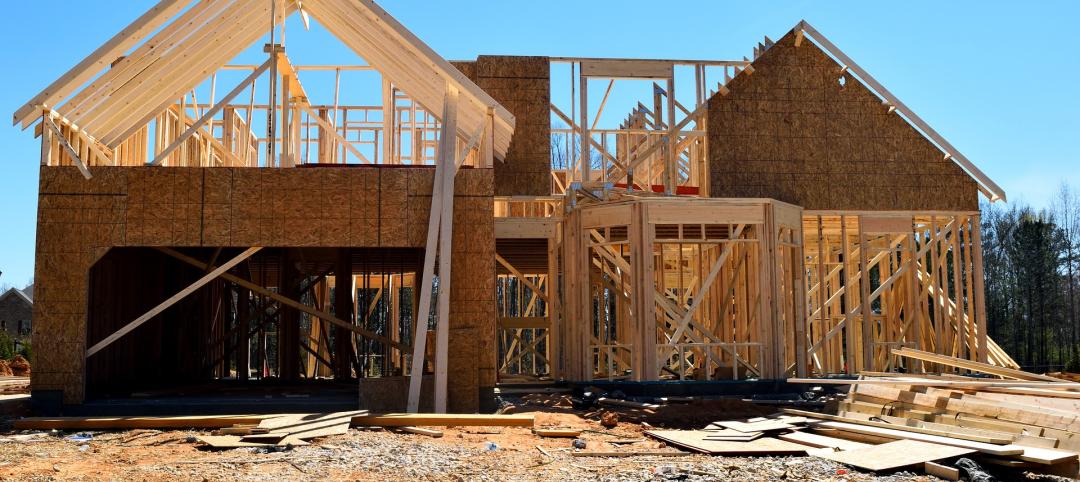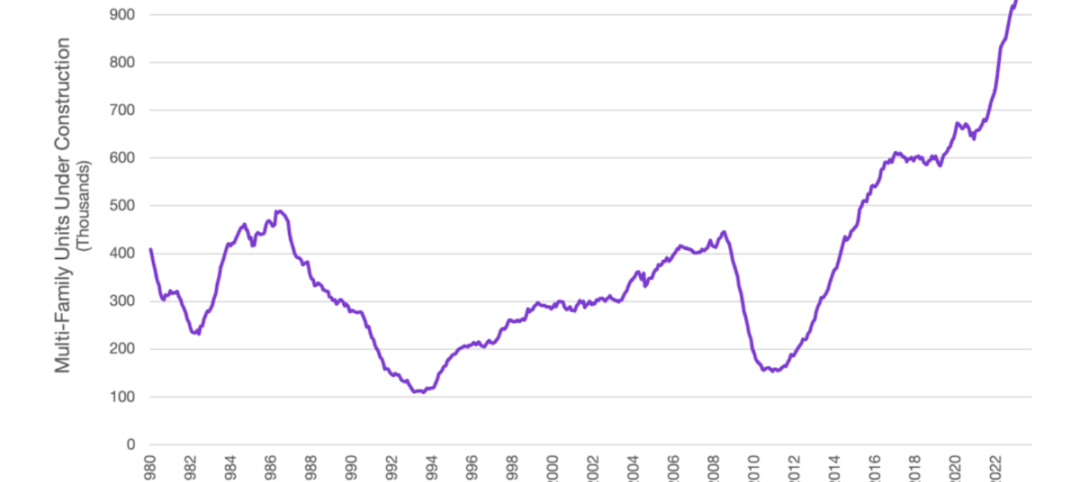Port Aransas is a city on Mustang Island, an 18-mile-long barrier island on the eastern coast of Texas along the Gulf of Mexico, about 180 miles southeast of San Antonio. The city is a fishing, beach, and resort village with 4,000 local residents and five million visitors per year, according to the local Chamber of Commerce. Eco-tourism is one of its economic focuses.
After incurring major damage from Hurricane Harvey in August 2017, Port Aransas has been attracting new development that includes the city’s first conference center, for assemblies of between 500 and 2,000 people, which is scheduled to open in 2021. A 225-key hotel-conference center is slated to break ground next February, as is a new marina/ resort sometime next year.
Port Aransas is also where three upscale mixed-use communities are under development or expansion. These include:
•Cinnamon Shore South—a $1.3 billion, 300-acre subdivision within the 1,000-acre Cinnamon Shore beachfront master planned community—will include luxury homes, Town Center residences, community pools, dining and retail districts, a boutique hotel and a health and wellness center.
•Last June, Palmilla Beach Resort & Golf Community, developed and owned by McCombs Properties, opened a nine-hole golf course, plus a three-hole par-3 course with driving range called The Loop. Palmilla offers condos, townhouses, cottages, and custom homes, starting from the $500s. MPA Austin and Cornerstone Architects are the architects, Schnell Urban Design the design consultant and land planner, and Fortis Homes, Turichhi Builders, Arbogast Home and Pelican Custom Homes the residential contractors.
•Sunflower Beach Resorts & Residences, situated within 50 acres of protected dune reserves, has nearly completed its first phase of The Camp, consisting of 25 luxury one- and two-bedroom cabins priced from $382,000 to $499,000. The community itself features beach homes, 21 single-level poolside condos, and several buildable lots. The Camp’s developers are BMG Wonderland and Legacy DCS.
Sea Oats Group is the developer of Cinnamon Shore. Its CEO, Jeff Lamkin, tells BD+C that the first phase of Cinnamon Shore South, which broke ground a year ago, has eight of the first 20 homes under construction. The build-out of Cinnamon Shore South is expected to encompass around 1,000 housing units, and take between 15 and 20 years to complete.
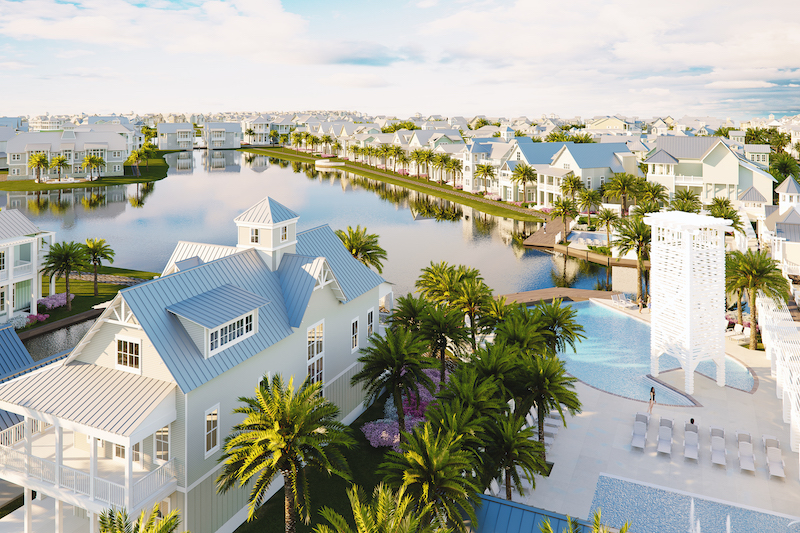
The houses under construction at Cinnamon Shore South are all elevated and built to resist flooding and high winds.
The elevations of all of the buildings in this subdivision will be 10 to 11 feet above sea level. Lamkin says the street is 6½ feet above, and the buildings will sit on leakproof elevated slabs over sand fill that’s another 4½ feet above street level.
The Texas Gulf Coast is perennially susceptible to high winds. Lamkin says that for resilience, the houses at Cinnamon Shore South will include bolts placed every 18 inches around the perimeter that secure the roof to the foundation. The houses’ windows can resist winds up to 140 miles per hour. Sea Oats is specifying 32-gauge aluminum roofing, Azek decking, and Hardiplank siding. The community was designed so there’s not a lot of debris when winds kick up.
(Cinnamon Shore South’s building team includes Kissling Architecture and the Waggoner Custom Homes.)
Lamkin says that before Sea Oats considers developing beachfront property, it compares old and new shoreline imagery to determine accretion, stability, and erosion. It also looks at the post-storm durability of the property’s dune system; Cinnamon Shore’s dunes are between 14 and 30 ft high, and 300 ft wide, he says.
Lamkin calculates that resilience can double the cost of construction for coastal projects. Sea Oats spent $600,000 alone to build a dune crossover to the community’s golf course.
But Port Aransas’ marketing pitch is that it offers luxury living at a bargain compared to similar homes and communities in coastal Florida or California. Fifty-foot Gulf-front lots there are still selling for under $1 million, versus $4 million to $5 million in Florida or California. “Coastal homes in Texas might sell for $3 million, compared to $9 million in Florida and $12 million in California, mostly because the cost of land,” Lamkin explains.
When asked why it took so long for developers to leap into beachfront property like Port Aransas, Lamkin—whose company started the 63-acre Cinnamon Shore North in 2007—says that Texas’ economy has shifted from depending on gas and oil for 70% of its tax revenue in the 1980s, to where that sector contributes only about 20% today. Other sectors, like tourism and entertainment, have been picking up the slack.
It hasn’t hurt, either, that the housing market in Texas is still relatively inexpensive, vis a vis other markets on the east and west coast. And Texas led all states in terms of seasonally adjusted annual job growth by adding 323,000 jobs from July 2018 to July 2019, according to the Texas Workforce Commission. These factors have driven Texas’ population to exceed 29 million, from 25.1 million in 2010.
Related Stories
MFPRO+ News | Dec 18, 2023
Berkeley, Calif., raises building height limits in downtown area
Facing a severe housing shortage, the City of Berkeley, Calif., increased the height limits on residential buildings to 12 stories in the area close to the University of California campus.
Sponsored | Multifamily Housing | Dec 13, 2023
Mind the Gap
Incorporating temporary expansion joints on larger construction projects can help avoid serious consequences. Here's why and how.
Giants 400 | Dec 12, 2023
Top 35 Military Facility Construction Firms for 2023
Hensel Phelps, DPR Construction, Walsh Group, and Whiting-Turner top BD+C's ranking of the nation's largest military facility general contractors and construction management (CM) firms for 2023, as reported in Building Design+Construction's 2023 Giants 400 Report.
Giants 400 | Dec 12, 2023
Top 50 Military Facility Engineering Firms for 2023
Jacobs, Burns & McDonnell, WSP, and AECOM head BD+C's ranking of the nation's largest military facility engineering and engineering/architecture (EA) firms for 2023, as reported in Building Design+Construction's 2023 Giants 400 Report.
Giants 400 | Dec 12, 2023
Top 40 Military Facility Architecture Firms for 2023
Michael Baker International, HDR, Whitman, Requardt & Associates, and Stantec top BD+C's ranking of the nation's largest military facility architecture and architecture/engineering (AE) firms for 2023, as reported in Building Design+Construction's 2023 Giants 400 Report.
Codes and Standards | Dec 11, 2023
Washington state tries new approach to phase out fossil fuels in new construction
After pausing a heat pump mandate earlier this year after a federal court overturned Berkeley, Calif.’s ban on gas appliances in new buildings, Washington state enacted a new code provision that seems poised to achieve the same goal.
MFPRO+ News | Dec 11, 2023
U.S. poorly prepared to house growing number of older adults
The U.S. is ill-prepared to provide adequate housing for the growing ranks of older people, according to a report from Harvard University’s Joint Center for Housing Studies. Over the next decade, the U.S. population older than 75 will increase by 45%, growing from 17 million to nearly 25 million, with many expected to struggle financially.
MFPRO+ News | Dec 7, 2023
7 key predictions for the 2024 multifamily rental housing market
2024 will be the strongest year for new apartment construction in decades, says Apartment List's chief economist.
Codes and Standards | Dec 7, 2023
New York City aims to spur construction of more accessory dwelling units (ADUs)
To address a serious housing shortage, New York City is trying to get more homeowners to build accessory dwelling units (ADUs). The city recently unveiled a program that offers owners of single-family homes up to nearly $400,000 to construct an apartment on their property.
MFPRO+ News | Dec 5, 2023
DOE's Zero Energy Ready Home Multifamily Version 2 released
The U.S. Department of Energy has released Zero Energy Ready Home Multifamily Version 2. The latest version of the certification program increases energy efficiency and performance levels, adds electric readiness, and makes compliance pathways and the certification process more consistent with the ENERGY STAR Multifamily New Construction (ESMFNC) program.


